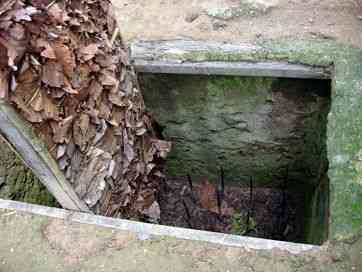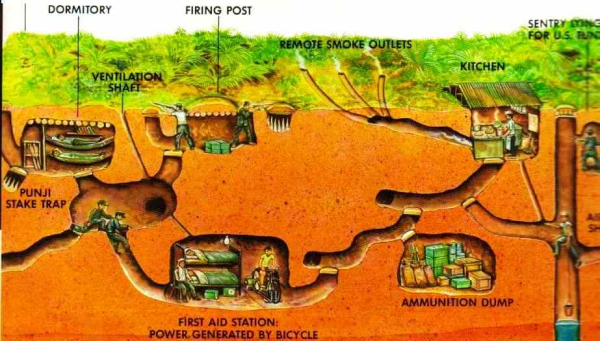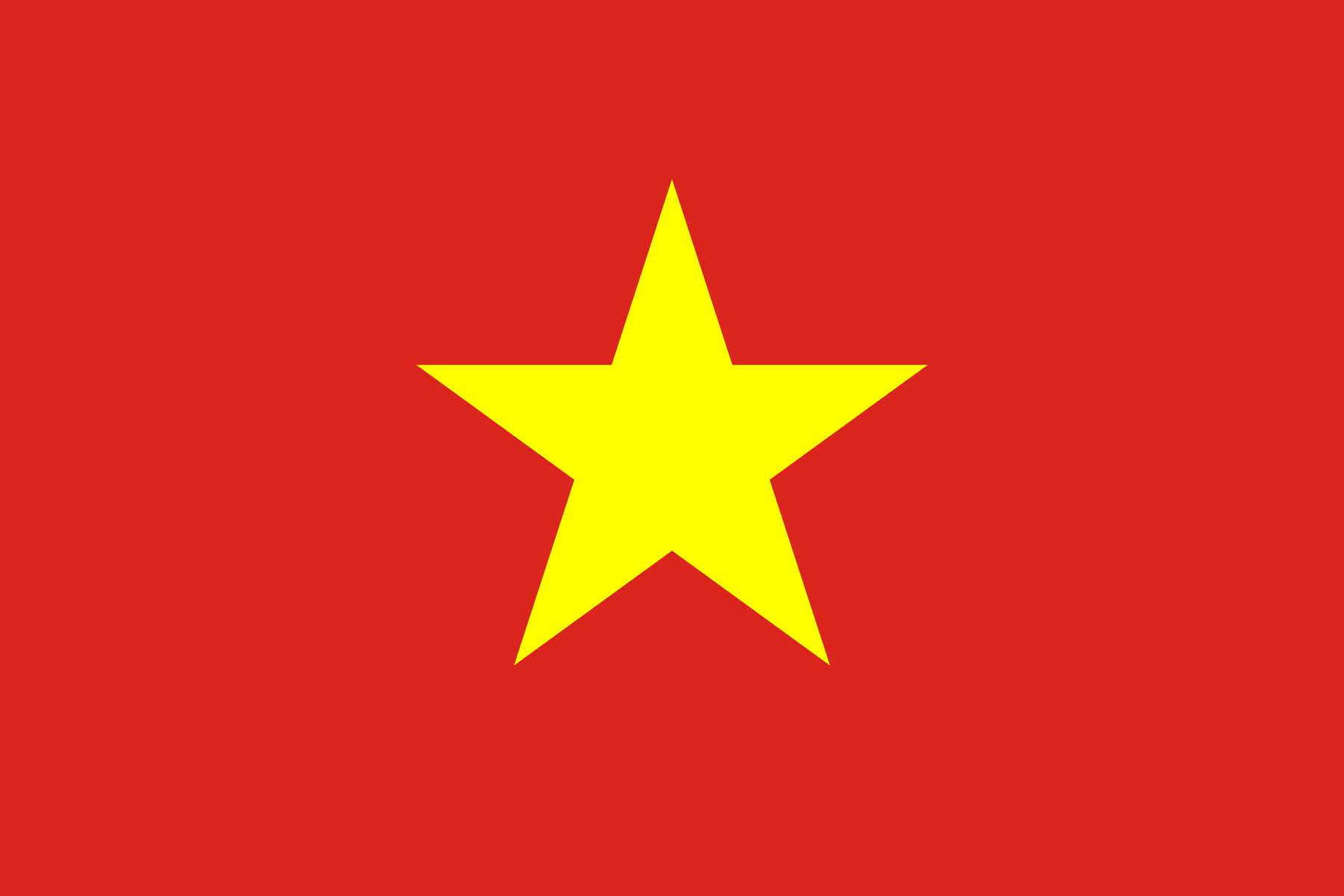The Vietnam War, also known as the Second Indochina War, and in Vietnam as the Resistance War Against America or simply the American War, was a conflict in Vietnam, Laos, and Cambodia from 1 November 1955 to the fall of Saigon on 30 April 1975
One of the tactics that the Vietnamese revolution was famous for and recorded unparalleled success is the tactic of the "war of tunnels". It is natural that the Vietnamese resorted to the primitive forms of agreement in their previous wars. However, in the modern war, it was a distinctive sign in the march of the first resistance against the French and then developed in The second resistance against the Americans ..

The war of tunnels is the clearest expression of the harmony of the Vietnamese (combatant) human being with the Vietnamese nature and making full use of the available capabilities in it to confront soldiers, weapons and vehicles on the one hand, and in avoiding or limiting the effects of gases and smoke bombs on the other hand.
The solid triangle land between the Pham Kung Dong and Saigon rivers, and on roads 1 and 13 are among the most famous areas where the tunnel warfare tactic has been applied, and Kochi (Its main base) is one of the areas where the rebels dug tunnels and many times in the first resistance reached 45 miles in length , Which the Americans tried to control several times, using their most recent weapons and equipment, but failed to do so.

The importance of Kochi "lies in its proximity to the capital and its location between four important military bases, and the revolutionaries recorded a remarkable presence since the beginning of the People's War in 1960-1961, and they were able to build a network of agreement and times and trenches whose lengths reached two hundred miles in an area that is not easy or soft and by using means Primitive digging ..

The Kochi base has become internationally famous after the American leadership's decision to respond to a military operation by the rebels in the region, which caused heavy losses in the puppet forces in 1965, by destroying and liquidating the rebels there. (Parachute 173), the Red Division (1st Infantry) and the Tropical Thunderbolt Division (20th Infantry) supported by 180,000 artillery shells, and the operation lasted 11 days during which they occupied six villages and burned their fields and orchards ..
The revolutionaries of the tunnels fought fights and recorded unique individual championships that resulted in 1,600 casualties among the attacking forces, but they did not result in the cleaning of Cauchy and its transformation into a white area as the American leadership called, which prompted it to launch a new campaign in the following year in the name of waterfalls, which was led by (William Westmoreland) personally and was unable to Within three days of bombing, destruction and burning, the revolutionaries will be liquidated. . In the following year, Kochi revolutionaries and fighters participated in the strategic spring offensive and attacked neighboring bases and airports, destroying dozens of planes and hundreds of vehicles throughout the year 1969, and they continued to escalate until the Simon liberation campaign.
Kochi deserved the title of steel land which was given to it by the leadership of the revolution. From the previous brief presentation, it becomes clear to us that the agreement has a defensive and offensive function as well and that it has significance in the preparation and preparation of strategic dialects. . So what are its specifications? And why has it eluded American technology? It has been possible for the author to visit it after the liberation of the South Vietnamese and to match what was written about it locally, and in the American newspapers. Here are some notes:
The basic idea is very simple, but its implementation requires patience, endurance, endurance, persistence, and obstinacy in addition to some primitive tools available in all times and places. . The upper tunnel system connects all five houses (on average) in one group so that under each ordinary village there is a secret fighting village that contains spiral sites and trenches suitable for combat defense or attack, places of sleep, cooking, medical treatment, and several types of stores for supplies, supplies and equipment. In some areas, there are possibilities to receive dozens of residents of The upper villages,unable, the elderly, children and livestock, during the period of clashes and shelling.
Also, some factories, factories and presses were established, and albums were collected inside those tunnels to counter the effects of heavy bombs and B52 bombers. During the construction of the agreement, new specifications were taken into consideration that they are at a depth of 12 meters below the surface of the earth and that they have sufficient capacities and airways for ventilation, and that some extend under the areas and centers of the leadership American or Simonian in the region to avoid air strikes.


The system, map, ports, and exits of the agreement differ from one to the other and from one region to another and thus it is difficult to benefit from the fall of one of them in controlling the other. The field is that the Vietnamese possess modestly sized bodies, the trenches and pathways separated by size. . While the American bodies stood powerless to maneuver, the American leadership was obliged to train special forces, called "Tunnel Rats" units, which are psychologically and physically prepared to storm the tunnels.
To obstruct the progress of the aforementioned American forces, the revolutionaries devised a series of traps and traps outside and inside the agreement that used all the available capabilities of snakes and scorpions hanging on the ceiling that cause death to stool bottles and vomiting on the ground that cause infections to their stomachs, and the Americans even accused the revolutionaries of engaging the American jet in front of Transporting them, and grenades are the main weapon used by the revolutionaries during their clash with the attacking soldiers inside the tunnels, and they are more able to maneuver the possibility of their free movement from crawling to squatting to walk the way of ducks! Unlike often crawling Americans.
If you like this post, do a subscribe. Thanks


